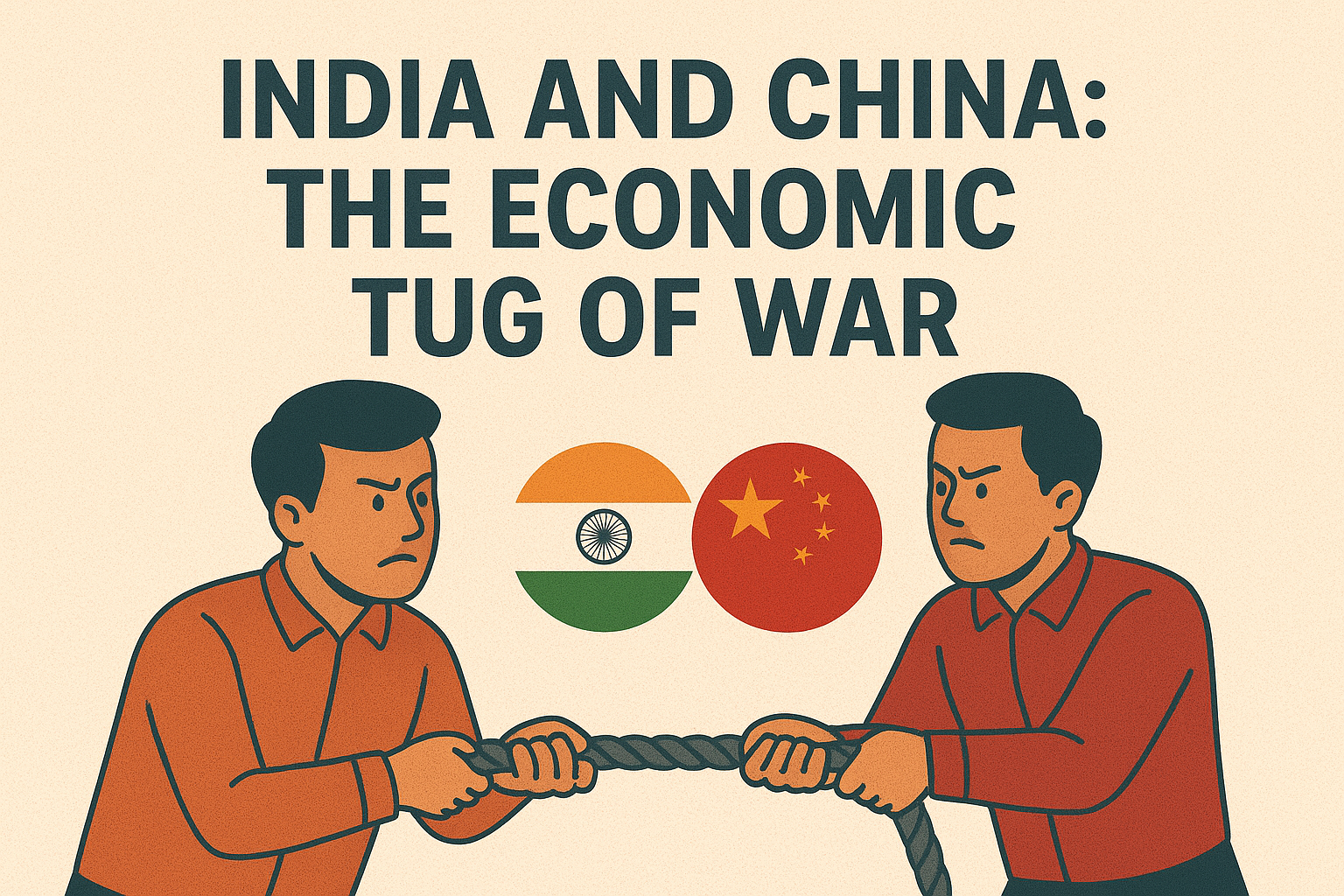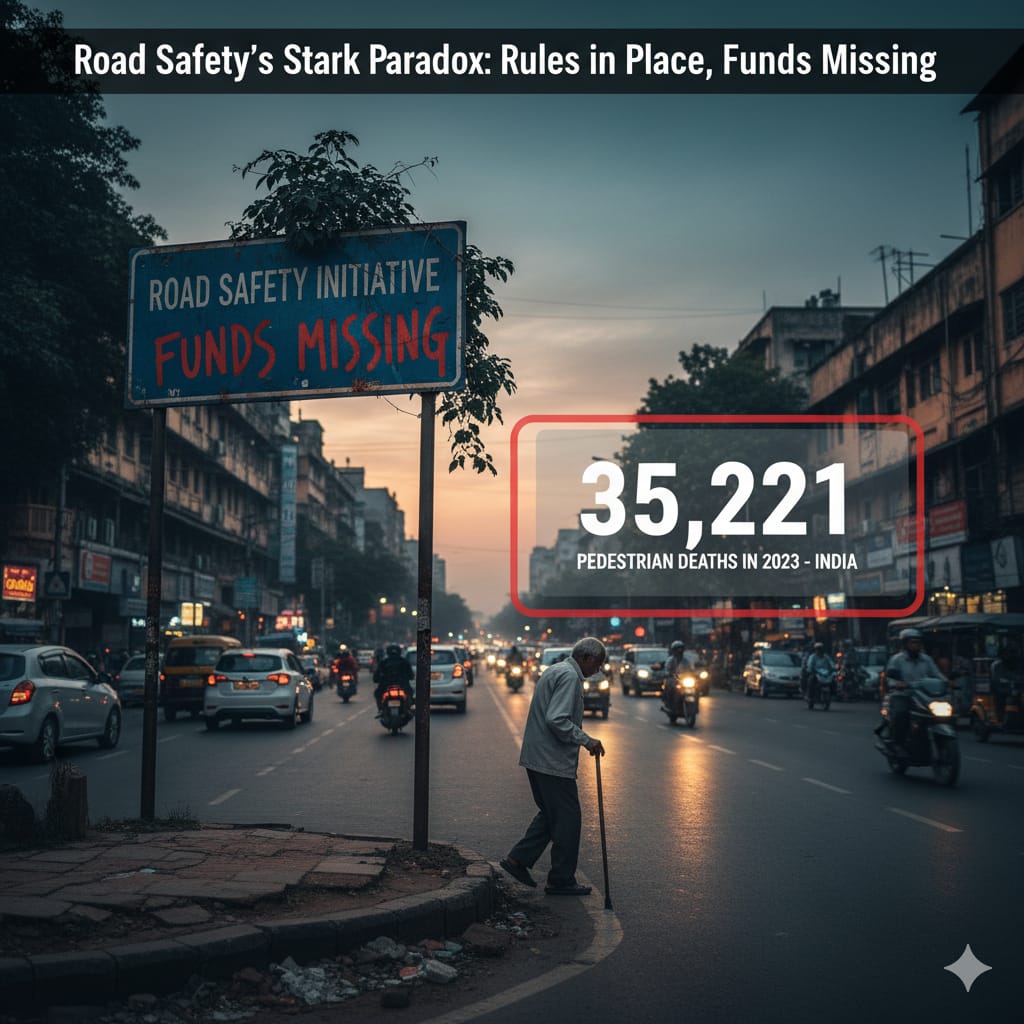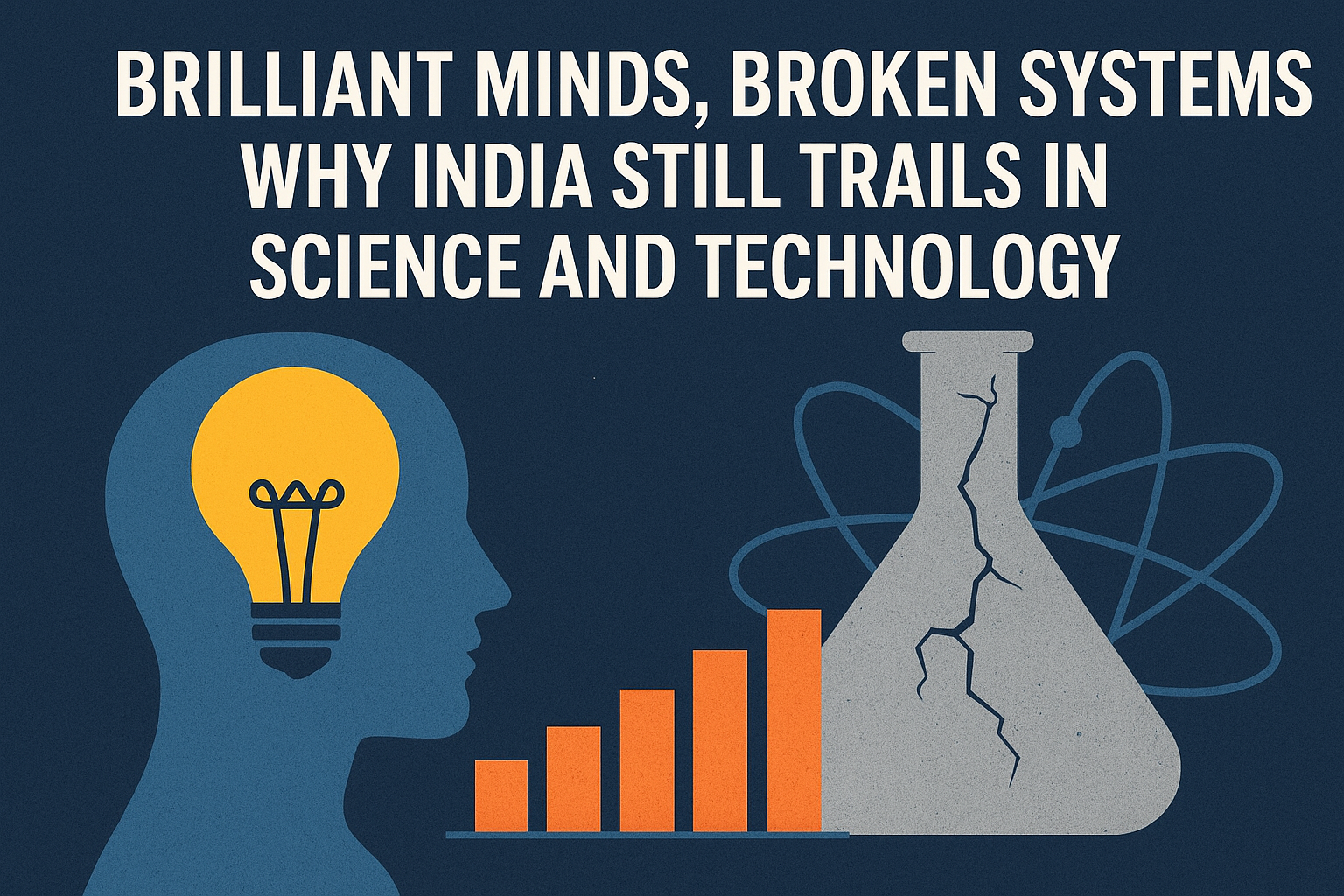
China and India are two titans poised on the great field of the world economy. Being the two most populated countries in the world, they both have a different story of development, invention, and promise. Many of us are wondering with an eye toward the future: how long until India catches up to its neighbour if it continues on its current trajectory of economy?
China's GDP, estimated to be valued at $17 trillion as of 2023, is far larger than India's remarkable $3.5 trillion. China, with its enormous labor force and infrastructure, has been the unchallenged leader in manufacturing, establishing itself as the "world's factory." Contrarily, India has made a name for itself in the services industry by demonstrating its expertise in software and IT services at the forefront of the development and growth.
Nevertheless, things are improving. India has been increasing its GDP faster than China, often by a significant margin. While China is experiencing a slowdown in its economy due to an aging population and an imminent debt crisis, India is benefiting from a demographic dividend. Its youthful population has a unique opportunity for economic growth, accounting for over 65% of the total.
A Comparative Analysis
In terms of growth rates, China's growth has dropped to roughly 5% whereas India's has continuously remained between 6 and 8% yearly. Analysts estimate that by the end of the next ten years, India could have substantially closed the gap if it maintains its current rising trajectory.
Let's dissect this: With China growing at 5% and India maintaining an average growth rate of 7%, India's economy may double in ten years to reach about $7 trillion. If current trends continue, India's economy might reach $10 trillion by 2035, while China's would approach $22 trillion. There is still a significant disparity, but sustainability is the true concern here.
Challenges Ahead
India has a bright future, but there are still many obstacles to overcome. To reach its full potential, socioeconomic gaps, bureaucratic obstacles, and infrastructure constraints must be resolved. Furthermore, China enjoys a substantial edge over India that the latter is still working to get thanks to its vast infrastructure and efficient supply chain.
Another area where China has an advantage is in its emphasis on innovation and technology. India needs to set the standard by investing in AI, renewable energy, and high-tech manufacturing. Nevertheless, with rapidly growing companies and programs like "Make in India" to promote homegrown manufacturing, India is making progress.
The Road to Equilibrium
When will India be able to catch up? Many experts predict that, if present trends continue, India could catch up to China economically in 15 to 20 years. This chronology is highly dependent on external variables, including trade relations, domestic changes, and the state of the world economy.
It is like competing in a relay race. China has an advantage, but India is gaining ground because to a growing middle class that is hungry for expansion and youthful vitality. The contest is about the quality of growth, not just the quantity. India's focus on sustainability, digital transformation, and equitable development might be the secret to success in this economic sprint.
A Future of Potential
The ultimate reward in this battle of titans is the ability to innovate and remain resilient economically. The world is keeping a careful eye on India as it continues to lay its foundation. One thing is certain: the race is far from finished, even though the result is still up in the air.
India is not simply catching up, but also changing the terms of participation in the world economy with every year that goes by. If it plays its cards properly, the world might soon see the beginning of a new chapter in the history of these two countries, one that emphasizes growth that benefits all, creativity over imitation, and cooperation rather than rivalry.
It's an exciting time to be a part of the Indian story, when parity with China is not only a dream but an achievable reality on the horizon, as we stand on the cusp of this economic transformation.






.jpeg)


.jpeg)




.jpeg)






